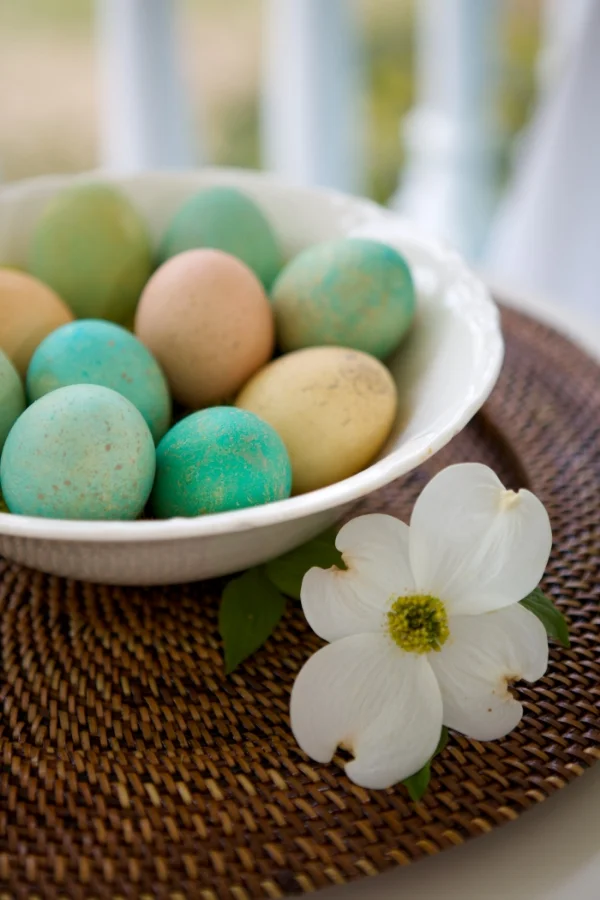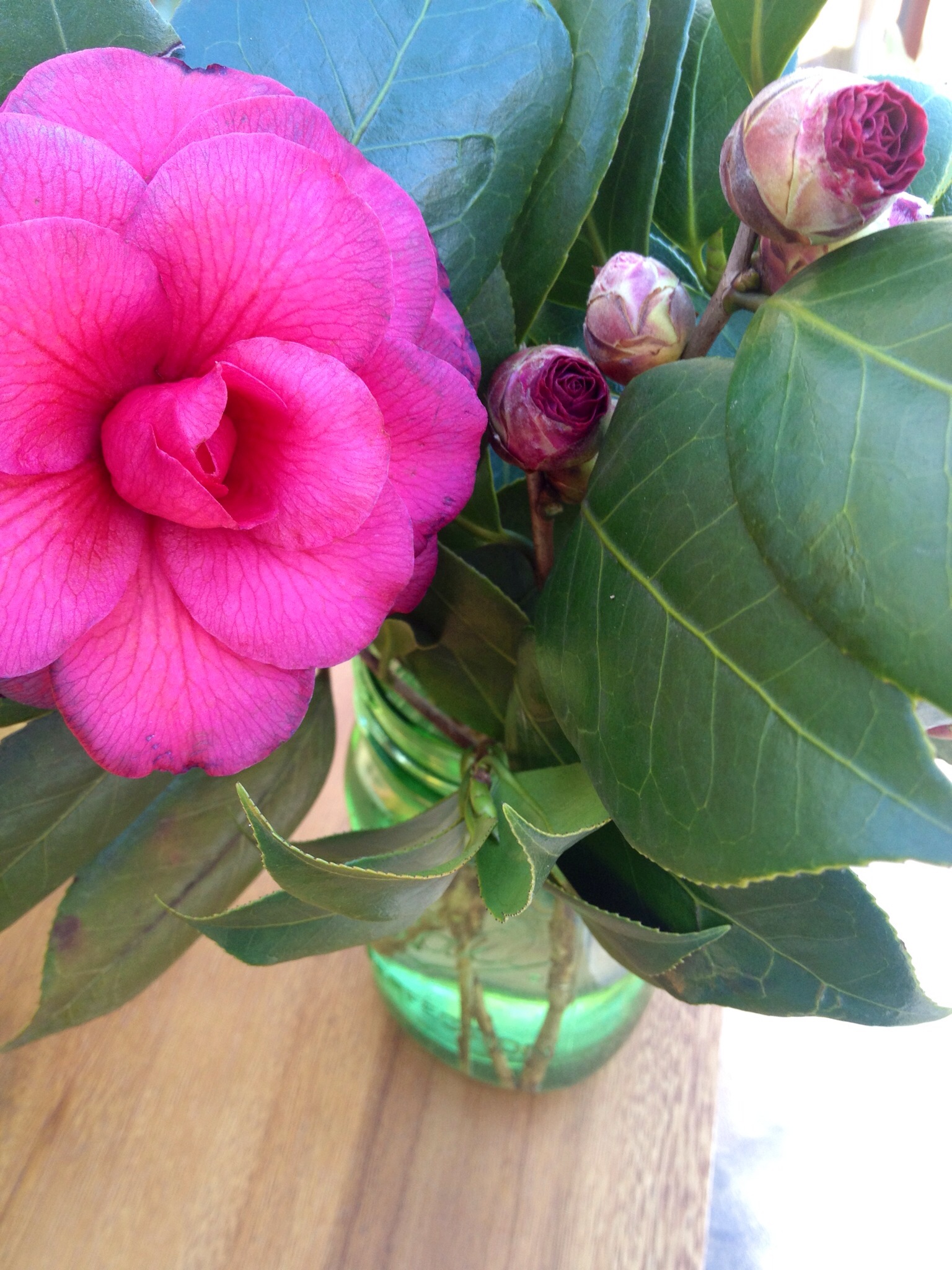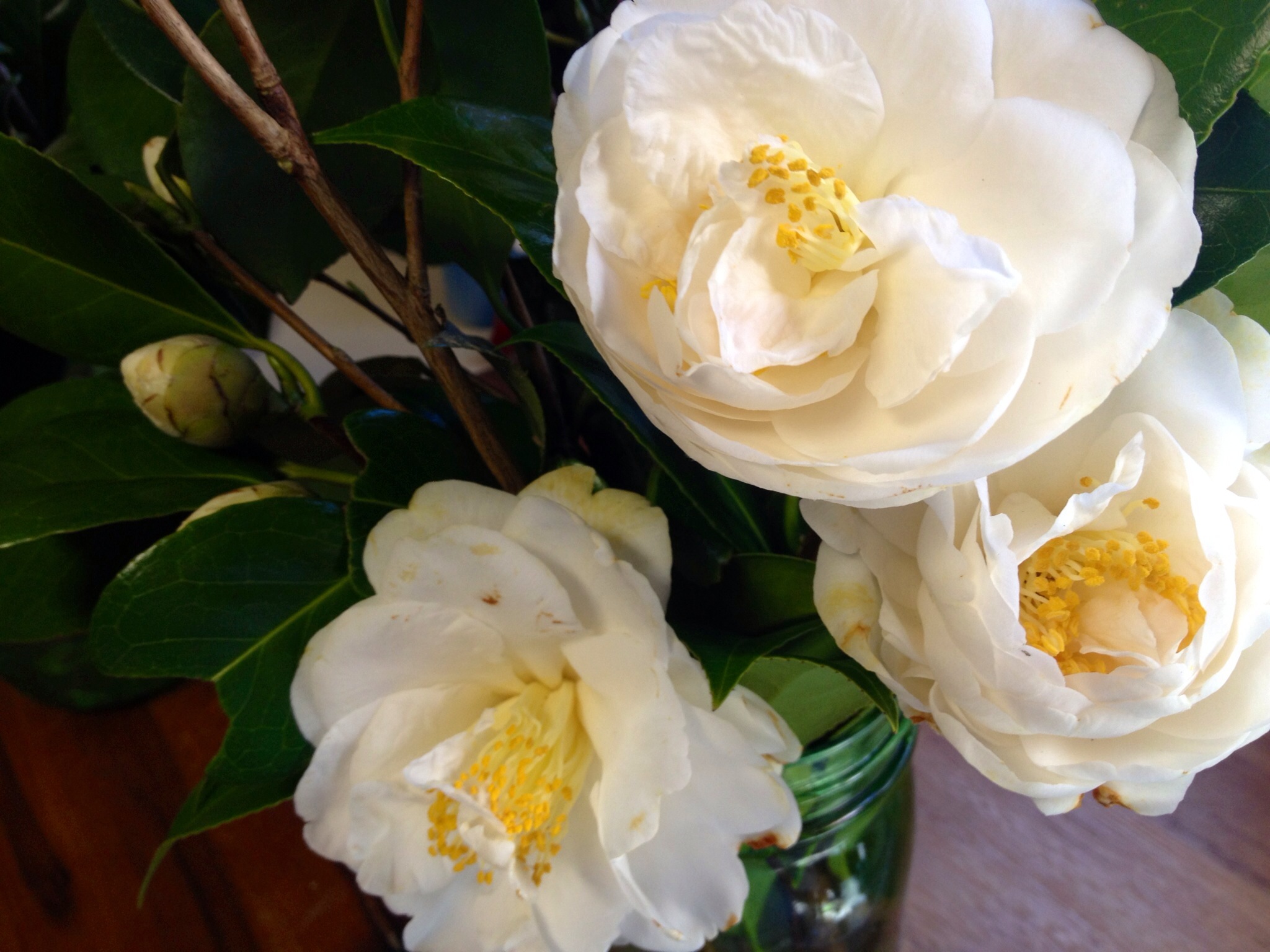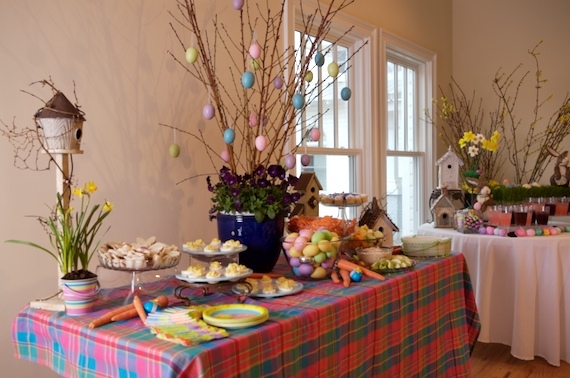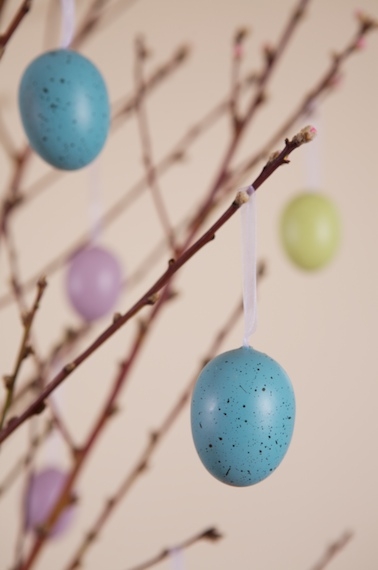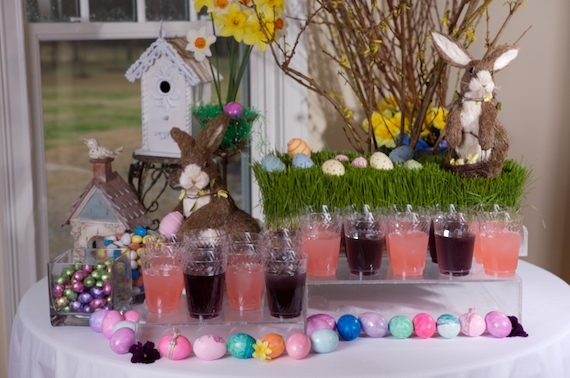Fall decorating supplies are expensive so I make my own decorations to keep the cost low. Head to the farmer's market to find everything you will need for a fall party or Thanksgiving holiday decorations. Pumpkins and gourds of all shapes, sizes and colors are everywhere and it seems each year there are wildly varied new species just waiting to be made into a beautiful or scary decoration.

The colors are so vibrant--- and the yellows, oranges, rich reds, dark coppers and browns just say fall, don't you think? I brought home our haul and started hollowing out gourds. The large gourds are perfect for vases and the small gourds are ideal containers for votives and tea lights. You can use them two ways as shown below.
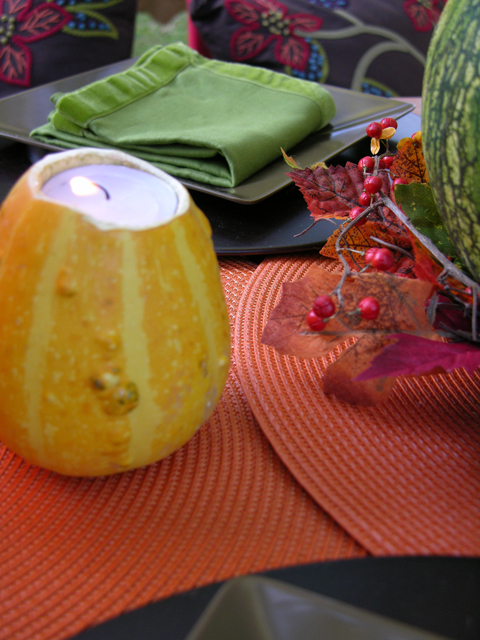
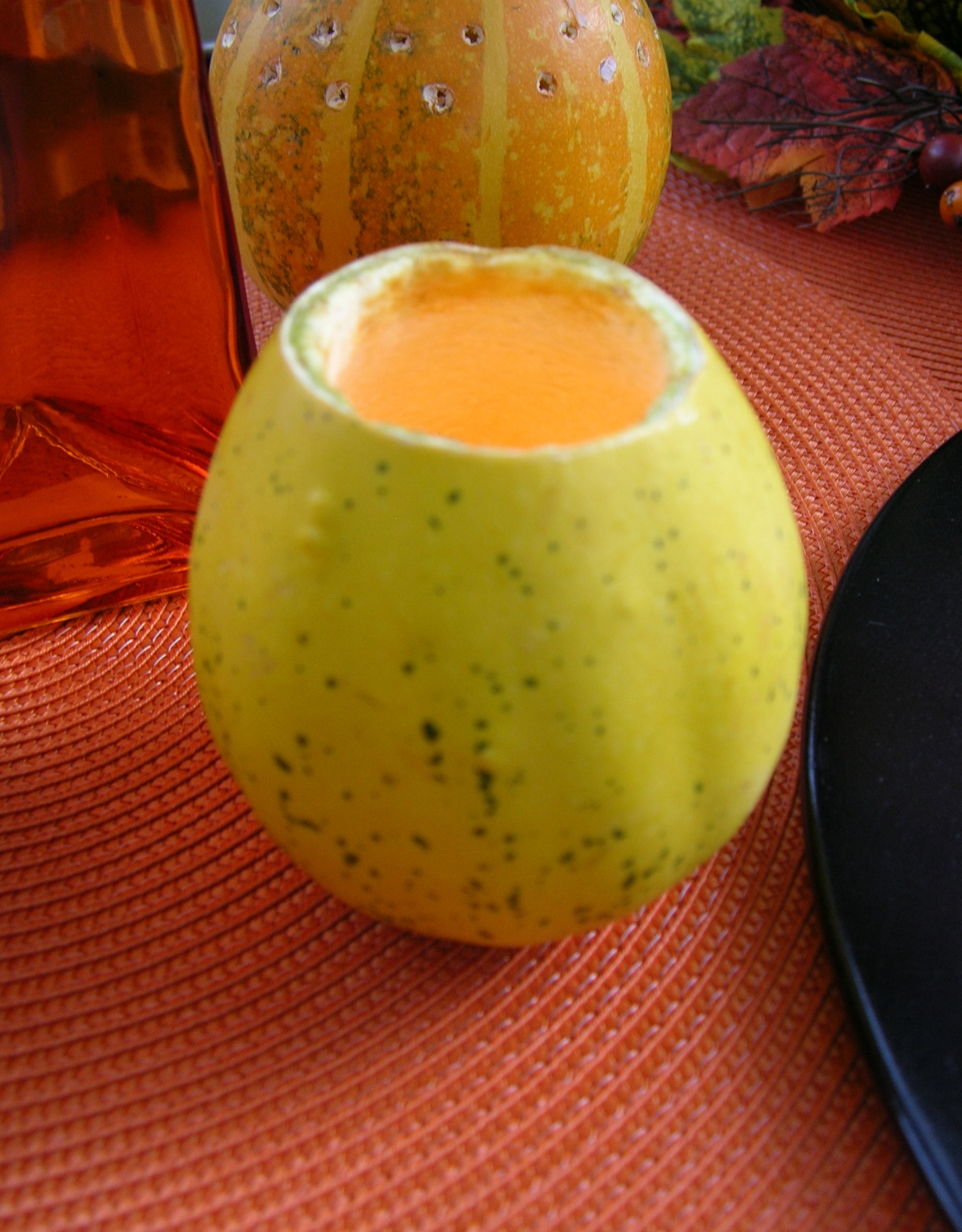
To make the candle holder: Use a paring knife to cut the top off of the gourd then scoop out the inside. You can put the tea light into the bottom of the gourd, which accomplishes two things. It keeps the wind from blowing out the flame and it results in a softer glow. You can also fit the tea light into the top of the gourd. Use a crossed toothpick inside the gourd to keep the candle from falling inside like I did in the picture below.
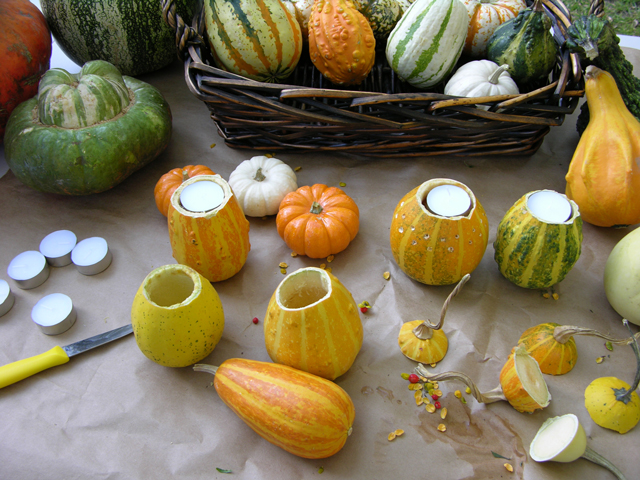
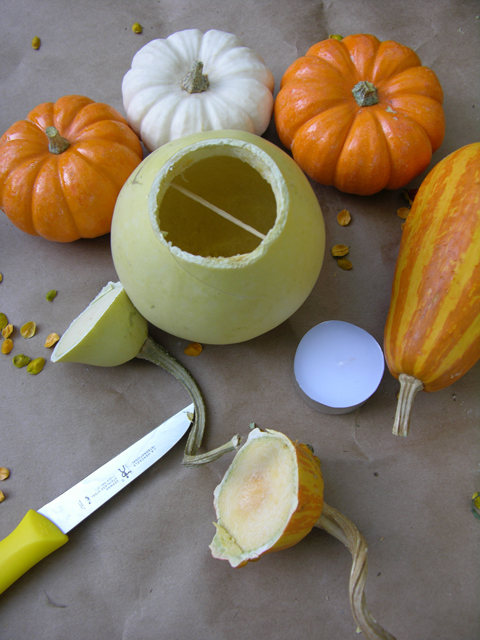
For flower arrangements: I was lucky enough to find a farmer selling bittersweet. I love bittersweet-- these yellow and orange berrylike branches. They are perfect for centerpieces and look great in the yard as an accent to mums and other fall flowers. These are a mix of flowers from the yard and a few I picked up at the florist.
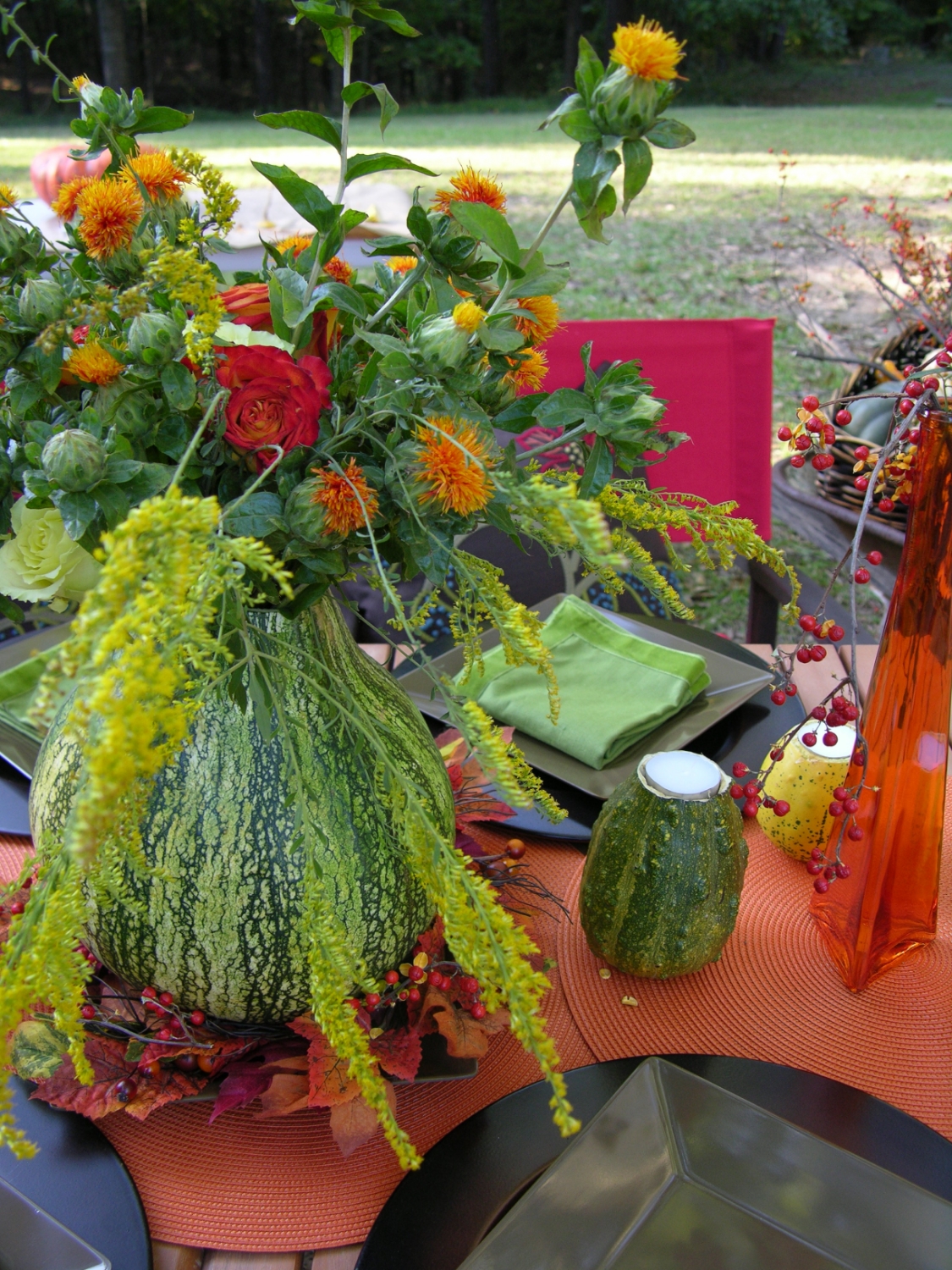
Some gourds may leak so I filled a plastic zip-top bag with cool water, cut the flower stems on an angle and put them inside. Wrap below the sight line with a rubber band to keep it secure and put the arrangement inside the gourd.
You may try using Vaseline petroleum jelly on the outside of the pumpkin or gourd to slow deterioration. Just rub a bit on a cloth and polish the outside of the gourd. You can also do this on the inside of your pumpkin after you hollow it out to retard deterioration.

